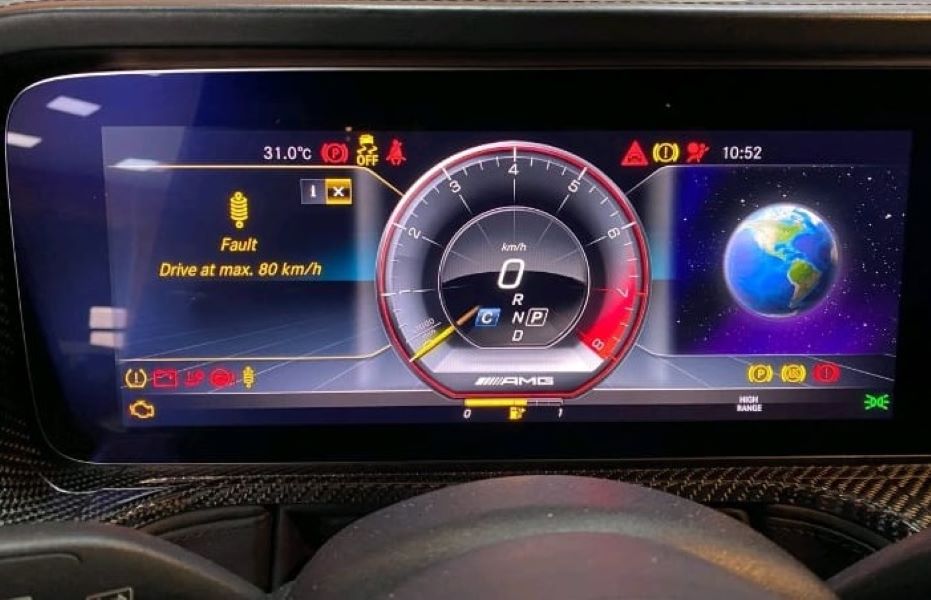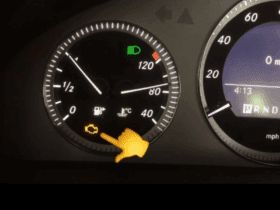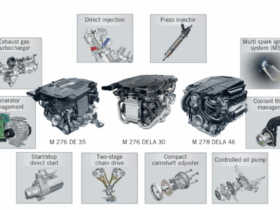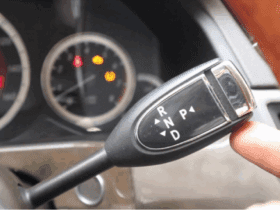Table of Contents
Suspension Fault Drive at Max 80 Km/h – Case Study in Mercedes-Benz G-Class 2020
When a “Suspension Fault – Drive at Max 80 Km/h” warning appears on the instrument cluster of a Mercedes-Benz, it signals more than just an electronic hiccup. This alert is a critical safety feature designed to limit speed and protect the vehicle from further damage when the air or adaptive suspension system fails to function properly.
In vehicles like the Mercedes-Benz G-Class AMG, the advanced Adaptive Damping System (ADS) constantly adjusts ride comfort and stability. If calibration is off or a sensor fails, the system restricts driving dynamics and issues this warning. Ignoring it can compromise safety, handling, and even drivetrain performance.
In this case study, we’ll walk through a real repair scenario involving a 2020 Mercedes-Benz G-Class AMG that triggered this suspension fault after a lower arm replacement. We’ll cover the diagnostic process, repair steps, common causes, and preventive tips for technicians and owners alike.
Case Study Overview
- – Model: Mercedes-Benz G-Class AMG (2020)
- – Customer Complaint: After a lower arm replacement at an alignment shop, a Suspension Fault – Drive at Max 80 Km/h warning appeared. Despite attempts, the fault persisted, and calibration could not be completed.

Diagnostic Process
The customer brought the vehicle in with the warning still active. Using Mercedes-Benz XENTRY diagnostics, I performed a full system scan.
Key Findings:
- 1. Fault Detected in ADS Calibration
- – XENTRY revealed that the vehicle level was not properly calibrated after the lower arm was replaced.
- – The shop’s calibration attempt had failed, leaving the warning active.

- 2. Incorrect Sensor Installation
- – A visual inspection underneath the car uncovered the real issue: the left-side level sensor on the new lower arm had been installed in reverse.
- – This caused the system to read inaccurate suspension data, triggering the suspension fault.

Step-by-Step Repair Process
Step 1: Correcting the Level Sensor Installation
- – Removed the incorrectly mounted level sensor.
- – Compared installation with the opposite side of the vehicle for reference.
- – Reinstalled the sensor in the correct orientation on the lower arm control.

Step 2: Calibration Using XENTRY
- – With the sensor in the correct position, the suspension system was recalibrated using XENTRY diagnostic software.
- – This ensured accurate height readings from all four corners of the vehicle.

Step 3: Verification and Test Drive
- – Once calibration succeeded, the Suspension Fault Drive at Max 80 Km/h warning disappeared.
- – A test drive confirmed smooth suspension operation with no error messages.

Symptom –> Cause –> Fix Table
| Symptom | Likely Cause | Repair Solution |
|---|---|---|
| Suspension Fault – Drive at Max 80 Km/h | Misaligned or incorrectly installed level sensor | Reinstall sensor correctly, recalibrate with XENTRY |
| Warning persists after part replacement | Calibration not completed or failed | Perform full suspension calibration with XENTRY |
| Vehicle leans to one side | Air strut leak or faulty valve block | Inspect and replace faulty component, recalibrate system |
| Harsh or bouncy ride | ADS sensor or damping valve issue | Test sensors and valves; replace if defective |
| Compressor runs continuously | Air leaks or failing compressor | Leak test system, replace faulty compressor/lines |
Explore More Mercedes Suspension Issues
For a deeper dive into suspension problems such as uneven ride height, AIRMATIC malfunctions, “Stop Vehicle Too Low” warnings, and vibration faults, visit our hub: Mercedes-Benz Suspension Issues – Symptoms, Causes & Fixes. There you’ll find grouped case studies, step-by-step diagnostics, symptom, cause, fix tables, and preventive tips to keep your Mercedes riding smoothly.
Lessons for Mechanics: Avoiding Sensor Errors
1. Mark Before Removal
Use chalk or tape to mark the position of components before removal. This prevents incorrect reinstallation.
2. Compare With Opposite Side
If in doubt, check how the part is mounted on the opposite side of the vehicle. The symmetry often provides the answer.
3. Inspect After Assembly
Perform a quick underbody check before finishing the job. A 2-minute inspection can prevent hours of rework.
4. Always Calibrate With XENTRY
Modern Mercedes models require specialized diagnostic tools. Generic calibration tools may not properly reset suspension parameters.
Why This Warning Appears in the G-Class
The “Suspension Fault – Drive at Max 80 Km/h” alert is triggered when:
- – Ride height sensors provide implausible or inconsistent data.
- – Suspension calibration fails or is skipped after component replacement.
- – An air strut, valve block, or compressor is malfunctioning.
- – Electrical faults (relay, fuse, wiring) disrupt communication.
By limiting the vehicle to 80 km/h, Mercedes ensures the driver can still reach a workshop while reducing the risk of damage.
FAQs
Q: Is it safe to drive with the “Suspension Fault – Drive at Max 80 Km/h” warning?
A: Only for short distances to reach a workshop. The vehicle’s handling and stability are compromised, especially at higher speeds or during sharp maneuvers.
Q: Why does this warning appear after suspension repairs?
A: Components like lower arms, sensors, or struts require post-installation calibration. Skipping this step or incorrect sensor placement leads to fault codes.
Q: Can I reset the suspension system myself?
A: Minor resets may work by restarting the vehicle, but true calibration requires XENTRY diagnostic software.
Q: What are common costs for repairing this issue?
A:
- – Calibration only: $200–$400
- – Level sensor replacement: $300–$500
- – Air strut replacement: $1,000–$1,500 each
- – Compressor replacement: $1,200–$1,800
Q: Does the G-Class use the same suspension as the S-Class?
A: Both use AIRMATIC with ADS, but the G-Class has enhanced off-road tuning and different ride height ranges.
Conclusion
The Suspension Fault – Drive at Max 80 Km/h warning in a Mercedes-Benz G-Class AMG is not just an error message it’s a safeguard indicating that the suspension cannot guarantee safe handling.
In this case, the problem was traced to a misinstalled level sensor after a lower arm replacement. Correcting the installation and recalibrating the system with XENTRY diagnostics fully resolved the issue.
For owners and technicians, the lessons are clear:
- 1. Always perform post-repair calibration.
- 2. Double-check sensor orientation before reassembly.
- 3. Use OEM diagnostic tools for reliable results.
By following these best practices, you ensure that your G-Class continues to deliver the legendary comfort, stability, and safety Mercedes-Benz is known for.
Author
Written by Mercedes Expert
With years of hands-on experience diagnosing and repairing Mercedes-Benz systems, he brings technical depth and practical case studies to help car owners, technicians, and enthusiasts troubleshoot complex automotive issues. His work focuses on clear repair guides, OEM-level procedures, and knowledge-sharing to empower both professionals and drivers.
Last Updated: September 2025







Leave a Reply